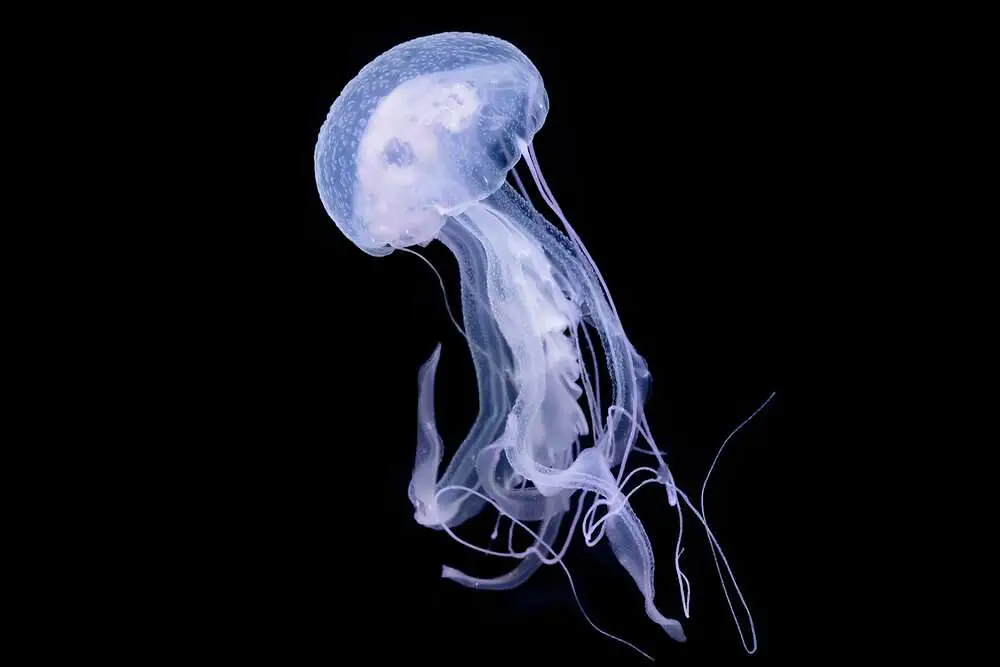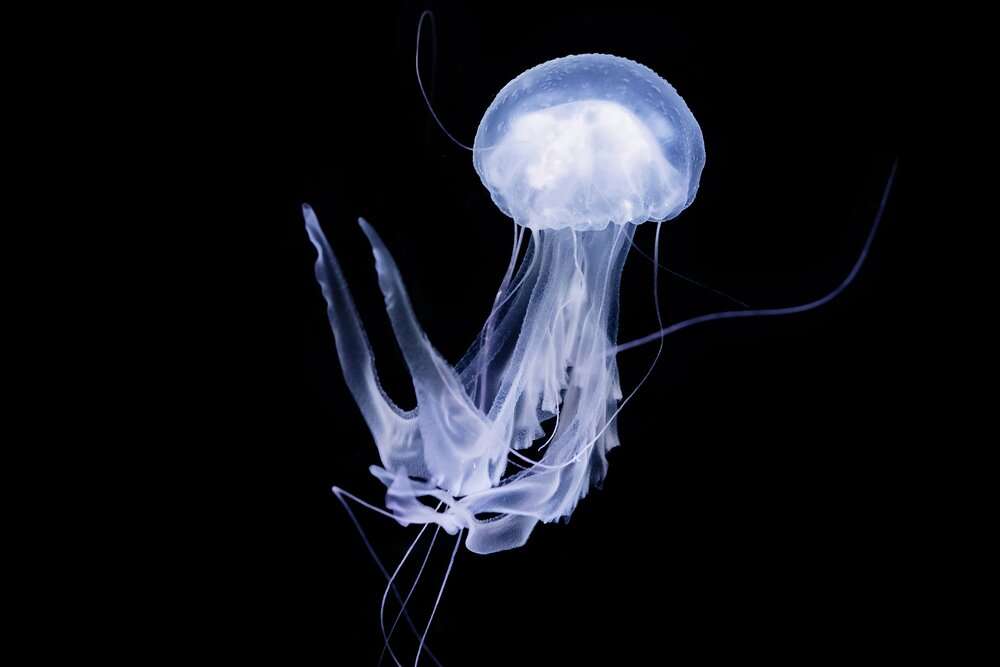The oldest zoo in the world has become the first in Europe to successfully breed two jellyfish species.
Experts at Schoenbrunn Zoo in Vienna, Austria, were thrilled to welcome sea nettle jellyfish (Pelagia panopyra) and comb jellies (Bolinopsis mikado) at the beginning of the new year.
The two species produce light when a substance called luciferin reacts with oxygen.
This, in turn, releases energy that emits light, which also aids the jellies to attract food such a plankton.
District manager Roland Halbauer, who worked together with an experienced aquarium team in the breeding process, said in a statement obtained by Newsflash: “The difficulty in breeding is to provide the young comb jellies with enough food and at the same time ensure very good water quality.

“We have now succeeded in doing this with a breeding column specially developed for comb jellyfish.”
Jellyfish are among the oldest creatures in the world. Their origin dates back to more than 600 million years ago.
As well as not being threatened with extinction, most are not affected by ongoing climate change, as most of them benefit from ocean warming and organic pollution.
The head of the Zoological Department, Anton Weissenbacher, said: “It is, therefore, of particular interest for science to investigate the survival strategies of these fascinating creatures in times of climate change.

“In our backstage area is one of the largest jellyfish farms in the world, with over 70 different species.”



